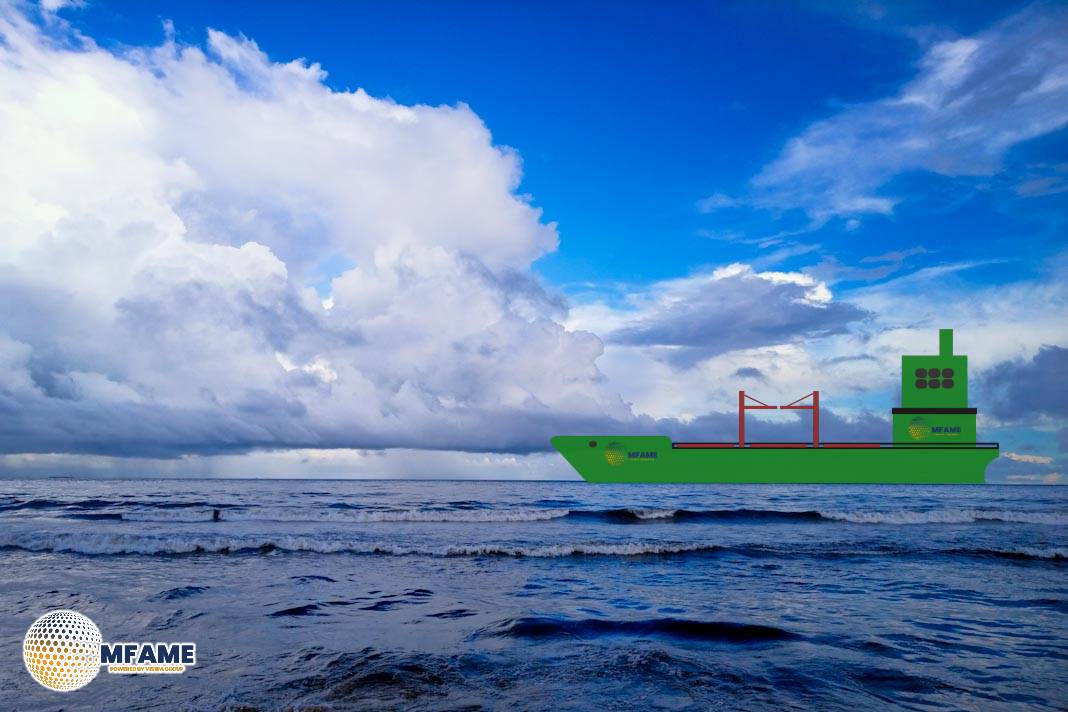- Fleet growth continues as newbuild deliveries outpace demolitions
- Supramax, Handysize, and Panamax segments dominate global fleet composition
- Demolition remains critically low at just 0.3% of global fleet.
As we look at the first nine months of 2025, the active dry bulk fleet has grown to 14,021 vessels, a notable increase from just under 13,000 in July. The orderbook has also climbed to 1,499 vessels, which is about 10.7% of the active fleet. This growth is a result of consistent newbuild deliveries and very little demolition activity. However, this ongoing expansion does raise some eyebrows about a possible oversupply if contracting remains robust while scrapping stays low, reports Break Wave Advisors.
Fleet Composition and Age Profile
The market is still largely dominated by smaller and mid-size segments:
- Supramax/Ultramax (including Handymax): 4,312 units
- Handysize: 3,202 units
- Panamax/Kamsarmax: 3,472 units
These numbers significantly outpace the larger Capesize/VLOC (1,916) and Post-Panamax (1,117) fleets. Additionally, there are about 2,005 small bulk carriers, with nearly 60% of them being over 10 years old. In fact, around 12% of the global tonnage—over 130 million DWT—has surpassed 20 years of age, with the oldest vessels primarily found in the Handysize and Small Bulk segments.
Net Fleet Expansion Outpaces Removals
In the first nine months of 2025, the fleet expanded by 315 vessels (+23.2m DWT), thanks to 420 new deliveries and 105 removals. The Supramax/Ultramax units led the way with 127 new additions, followed by Handysize (+85) and Kamsarmax (+61). The growth in the Capesize/VLOC category was more modest, with just 22 new vessels, while the Post-Panamax fleet increased by 12 ships. On the other hand, Small Bulkers saw a decline of 9 vessels.
Weak Demolition and Owner Reluctance
Demolition rates are at a historical low, with only 55 bulkers (3.3m DWT) scrapped by the end of October, which is merely 0.3% of the global fleet. More than 60% of these deletions came from the Handysize and Supramax segments, while the Capesize sector only saw four vessels removed. Owners are holding onto their older tonnage, citing strong market earnings and uncertainty around regulations.
Ageing Fleet Faces New Environmental Rules
In October, the IMO’s Extraordinary Session (MEPC ES.2) confirmed that the Net-Zero Framework (NZF) will kick in by 2027, setting ambitious long-term decarbonization targets but leaving us with some uncertainty in the short term. Meanwhile, the Hong Kong Convention (HKC), which has been in effect since June 2025, hasn’t really sparked a wave of demolitions yet, mainly due to compliance challenges and steady freight earnings.
Market Drivers and Outlook
In Q3 2025, robust iron ore shipments from Brazil and Australia helped boost Capesize rates, while the Supramax and Panamax segments saw gains thanks to grain exports from South America. However, despite these positive market trends, there’s still a mismatch between the ageing vessels and the lack of scrapping. Unless we see stronger policy signals or incentives tied to carbon emissions, the transition and renewal of the fleet could be held back, keeping a medium-term oversupply risk looming over the dry bulk market.
Did you subscribe to our daily Newsletter?
It’s Free Click here to Subscribe!
Source: Break Wave Advisors



















